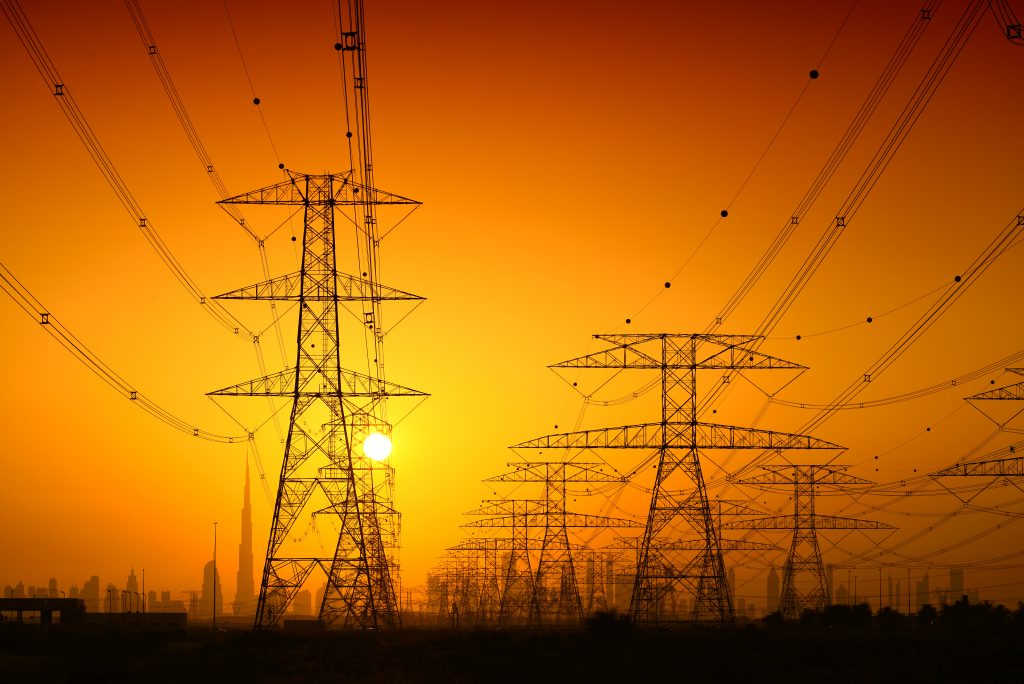Supporting the energy transition with demand response
Everybody from individuals to industrial energy users can play a role managing demand for electricity.

When demand for electricity exceeds supply, the electricity market operator faces tough choices.
It’s a scenario that often plays out during Australian heatwaves. As temperatures rise and more people turn on air conditioners, demand for electricity can reach twice its normal levels and make it hard for the generators to keep up.
Rather than building more generation assets to cover these peaks, demand response allows consumers to voluntarily reduce their load on the grid, helping to keep the lights on and delivering lower energy prices for everybody.
The traditional approach sees supply crunches cause prices in the wholesale spot market to rise, triggering ‘peaker plants’ to switch on and inject much-needed electricity into the grid. If demand continues to outstrip supply with all available generation running at capacity, attention shifts to the demand side of the equation.
The Australian Energy Market Operator’s first line of defence is to activate its Reliability and Emergency Reserve Trader (RERT) mechanism, which asks large industrial energy users like aluminium smelters and electricity retailers to reduce their demand. This can free up about 400 MW of supply, but once exhausted the only remaining option is to trigger ‘load shedding’ or rolling blackouts.
Empowering energy users
To provide extra tools to manage these supply pinches, ARENA partnered with AEMO to support a number of projects trialling innovative ways for everybody from households to big businesses to lower their demand for electricity.
The $28 million funding round set out to show that it is possible to reduce energy consumption when supplies are stretched, reducing the need to overbuild generation to meet rare extreme peak demand events.
This will be important as more renewable energy comes online, providing more tools to help the system to flex with the variability of the weather. Demand response also offers benefits for consumers, with lower power prices, reduced risk of blackouts and more opportunities to lower emissions.
One of eight projects supported was led by provider Powershop, who notified residential participants of peak demand events and asked them to voluntarily reduce their energy consumption for a set period of time. If participants successfully hit their reduction target, they were rewarded with a power credit.
Demand response specialists Enel X built a 50 MW portfolio across Victoria and New South Wales, offering industrial energy users the choice of an annual payment to participate in the program or payments for reductions in energy use during specific events. Waste services, storage facilities, food processors and other large energy users participated in their project, with recent tests exceeding demand reduction baselines.
New rules
In 2019 the Australian Energy Market Commission (AEMC) published a draft rule change to allow large energy users to trade energy reductions in the wholesale energy market.
Final approval for the mechanism was granted in mid-2020, locking in an implementation date for October 2021.
Announcing the draft rule, the AEMC said: “There are particular periods of time where the value some consumers obtain from using electricity during that period is less than the efficient costs of supplying it.“
The change brings Australia into line with other major markets such as the USA, EU and China that are pursuing similar demand response reforms.
LIKE THIS STORY? SIGN UP TO OUR NEWSLETTER

ARENA